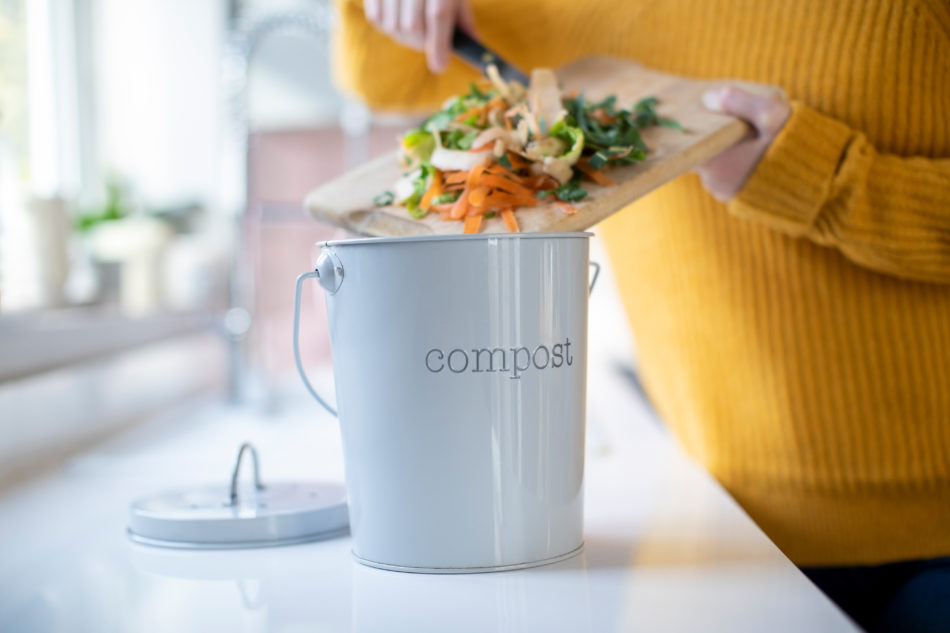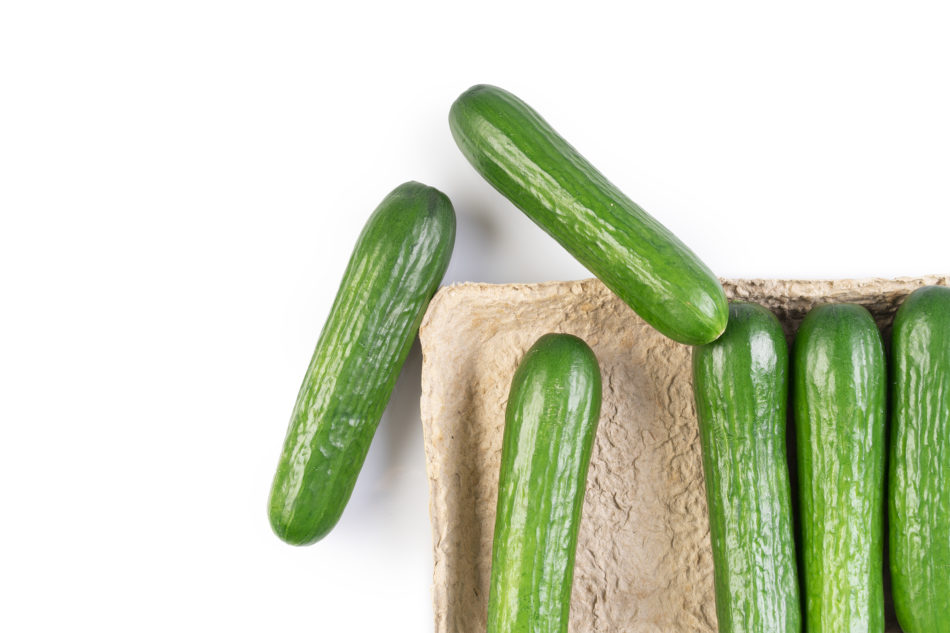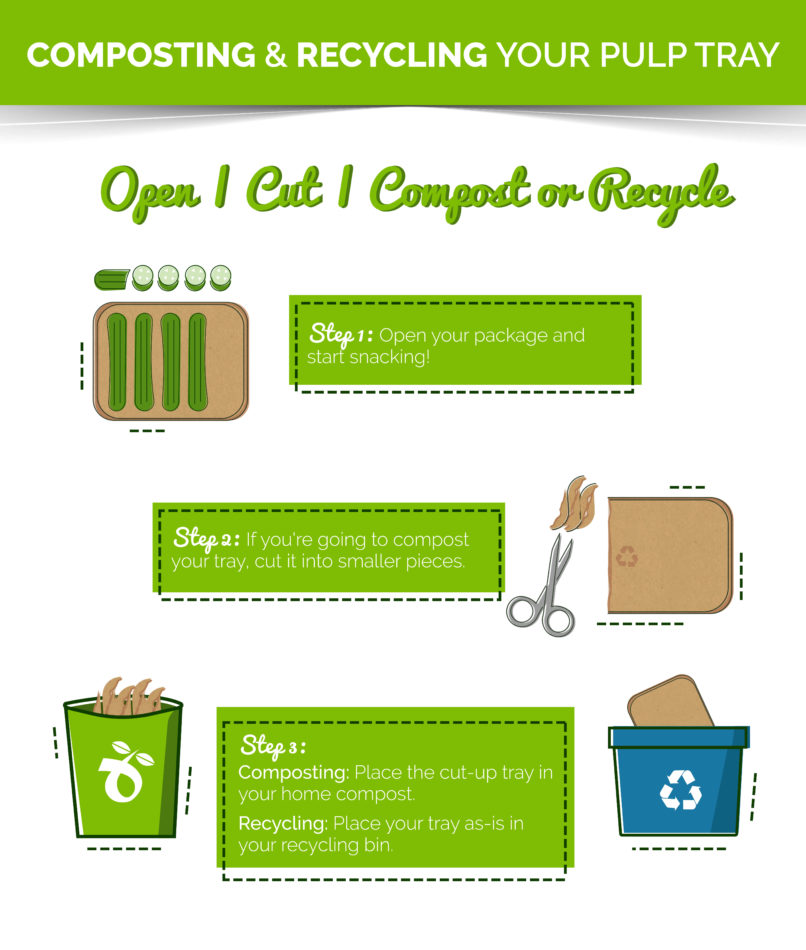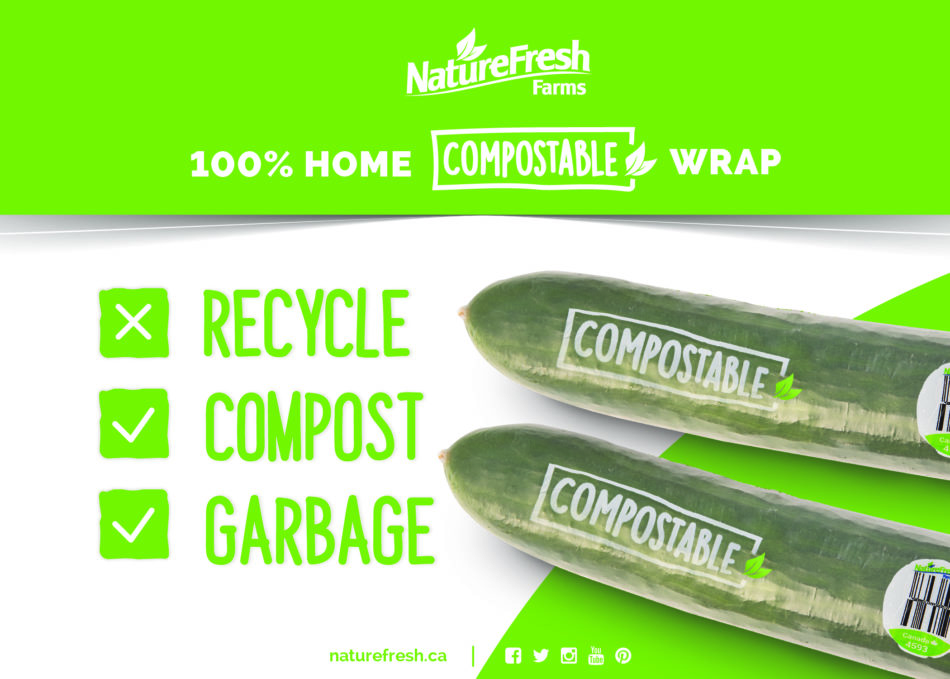Why You Should Compost at Home
Composting refers to the process of naturally breaking down organic waste to create humus, an earthy substance rich in nutrients and beneficial for soil health. Home composting (also known as backyard composting) is becoming an increasingly popular option for families who want their households to have a more positive impact on the environment!
Backyard composting is one of the easiest and most cost-efficient ways to create natural fertilizer that can be used in your home garden and flower beds. Compost adds nutrients and beneficial micro-organisms to soil, creating a richer growing environment for your plants that has lasting effects. Composting is also a great way to divert organic waste out of your garbage (where it will eventually end up in a landfill). With such positive environmental impacts, backyard composting is an obvious option for families looking to reduce their household waste and practice greener living.
And the best part about composting? It is so much simpler than you might think!
How to Create Your Own Backyard Compost
To create your own backyard compost, there are four basic elements that always need to be present:
- Nitrogen
- Carbon
- Oxygen
- Water
The first two elements – nitrogen and carbon – are introduced to a compost pile through the scraps and waste you put into it. Nitrogen-rich organic waste is considered “green”, “colorful”, or “wet”, and carbon-rich organic waste is often considered “brown” or “dry”. It is important to have a good balance of both nitrogen-rich and carbon-rich waste in your backyard compost bin. For the best results, a good rule to follow is having one-third of your compost made up of nitrogen-based materials, and two-thirds made up of carbon-based materials.
Oxygen is another element that is needed in a backyard compost to oxidize the carbon elements and create energy. While some oxygen is introduced to a compost pile naturally through decomposition, you can manually add oxygen to a backyard compost pile by turning over the compost with a shovel every few weeks.
Finally, the right amount of water is needed to create backyard compost because it helps the composting process stay active. Occasionally watering your compost pile should be sufficient as the wet nitrogen-rich materials will also add water to the pile.
Keep in mind that when we are talking about home composting, doing it perfectly can be challenging, but doing it close to perfect still works just fine!
What to Compost
You may be wondering what some of the best materials are to put in your compost. Here are some of the nitrogen-rich and carbon-rich materials that will help feed your backyard compost bin with healthy nutrients.

Nitrogen-Rich Organic Waste
There are many different nitrogen-rich organic materials that compost well. Food scraps, grass clippings, flower cuttings, and coffee grounds are a few good examples of compostable materials that will give a healthy dose of nitrogen to your compost pile. Examples of nitrogen-rich food scraps that can go in your backyard compost include:
- Bell Pepper stems and cores
- Tomato stems
- Cucumber stems
- Potato skins
- Apple cores
- Broccoli stems
- Carrot stems
- Melon rinds
- Many other fruit or vegetable scraps
- Coffee grounds and filters
- Tea bags
- Sandwich crusts
- Nut shells
If you are ever unsure about whether a certain food scrap should go into your backyard compost, do a quick Google search so you can see the best recommendations. However, there are certain organic food scraps that normally should not be put into a backyard compost bin, including:
- Meat or fish
- Bones
- Dairy products
- Fats
Carbon-Rich Organic Waste

On the other side of the equation, carbon-rich materials are always found in a healthy compost pile. Dry carbon-rich materials are needed to create energy within the compost pile and keep moisture levels balanced.
Here are some examples of carbon-rich organic materials that will help you create a nutrient-dense compost pile:
- Shredded pulp trays (like our compostable Mini Cucumber pulp tray!)
- Straw
- Wood chips
- Twigs or broken branches
- Shredded paper (avoid using glossy paper or paper with colored inks)
- Dried leaves
- Corn cobs and husks
- Shredded cardboard
When placing carbon-based materials into a home compost bin, it is important to keep these tips in mind:
- The smaller the pieces, the easier it will be for dry carbon-rich materials to break down and contribute to the composting process. It is best to shred or cut up pulp trays, paper, or cardboard before placing it in your backyard compost bin.
- It is important to put clean carbon-rich materials into your compost bin. Clean materials do not have any synthetic chemical compounds mixed into the material. Avoid placing chemically treated woods, sawdust, or ink-laden paper materials into your backyard compost bin.
Maintaining Your Backyard Compost
For best results, establish your compost pile by adding compostable materials in layers. Your compost pile’s bottom layers should be dry carbon-based materials that allow for drainage and aeration, such as branches or straw. When adding more layers in, alternate between wet nitrogen-rich materials and dry carbon-rich materials. Water your compost pile if you notice it is starting to dry out, and always keep your pile covered to help retain moisture and heat, as well as protect from overwatering when it rains.
To add more oxygen to your backyard compost pile, use a shovel to turn the compost over. This can be done every few weeks. As you add organic waste to your compost bin over time, you will be able to mix it right into your compost pile rather than adding it in layers. With the right conditions, it can take as little as three months to create healthy, nutrient-rich compost for your garden and plant beds.
When you’re ready to use some of your compost in a garden or flower bed, simply scoop it out of your bin and gently mix it into your soil. You can also gently rake compost into larger tree beds, mix it into the soil of potted plants, or even sprinkle it on areas of your lawn where you’re growing fresh grass!
Our Compostable Packaging
Not only is all the organic waste that is produced from our products compostable – so is some of our packaging!
Compostable Pulp Molded Tray

Our compostable pulp molded tray, often used to pack our Mini Cucumbers and Bell Peppers, is made from a pulp-based material that makes it a perfect carbon-based addition to your backyard compost. Learn more about this compostable packaging innovation in our Sustainable Packaging blog.
Composting this tray is simple:
- Separate produce and any plastic wrapping from the pulp package.
- Cut the pulp tray into smaller pieces to help them break down more easily in your compost bin.
- Place the pulp pieces in your compost bin alongside other carbon-rich materials and on top of nitrogen-based materials (such as grass clippings, flower cuttings, or food scraps).
Our Newest Compostable Packaging
Our new compostable Cucumber wrap has set the bar even higher for sustainable packaging solutions in the fresh produce industry! An alternative to traditional polyethylene plastic, this film is an environmentally friendly compostable wrap that breaks down in a household compost without leaving behind microplastics. Made from a starch-based PLA that is derived from plant-based resources including non-GMO corn starch, it is 100% compostable, breaking down naturally into CO2 and water.

In addition, the wrap includes a PLU pre-printed on the film in compostable ink. This feature allows the entire wrap to be thrown in with backyard compost or in landfills without harming the environment. PLU stickers are commonly made of vinyl and plastic. This new wrap eliminates the need for the additional application.
We know this compostable wrap will make a true difference in reducing harmful plastic waste! To learn more about this new product, read the full press release here.



